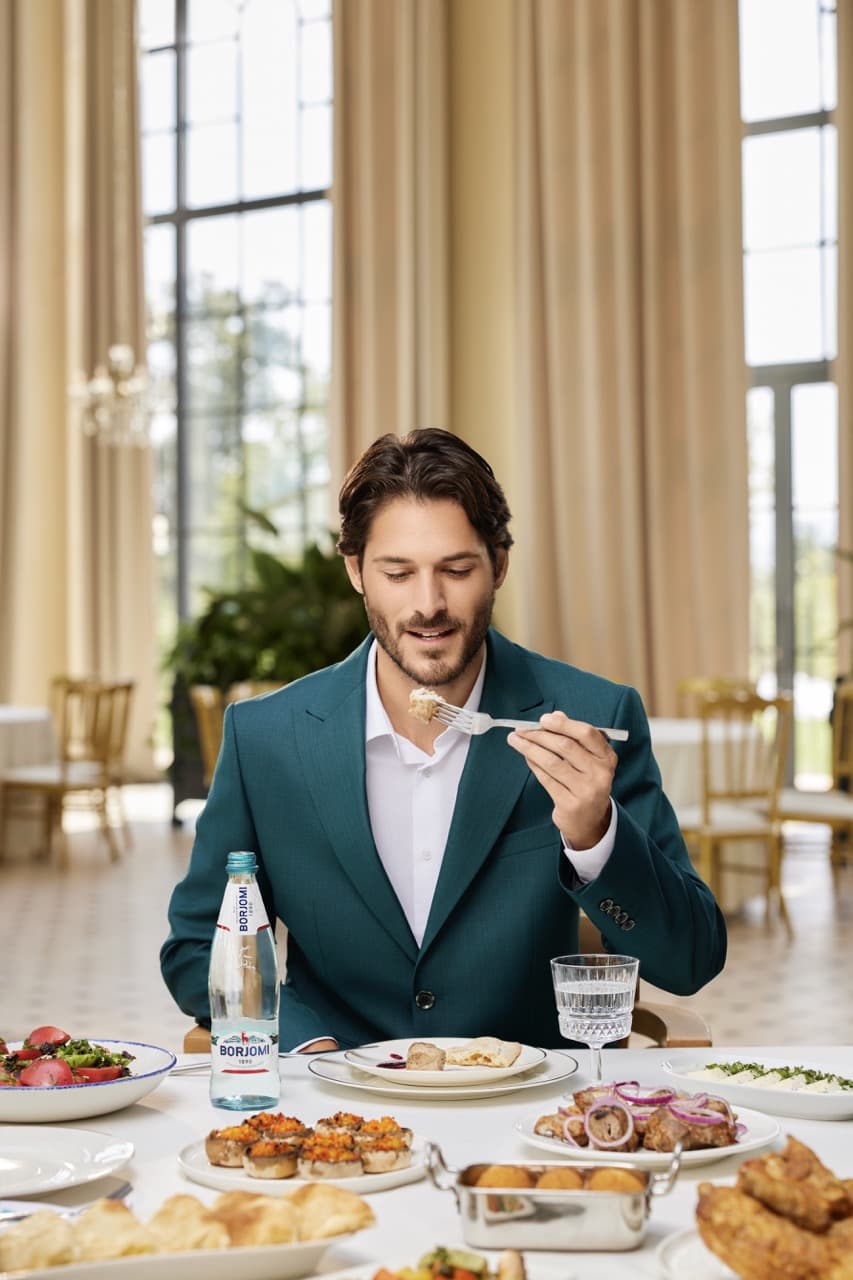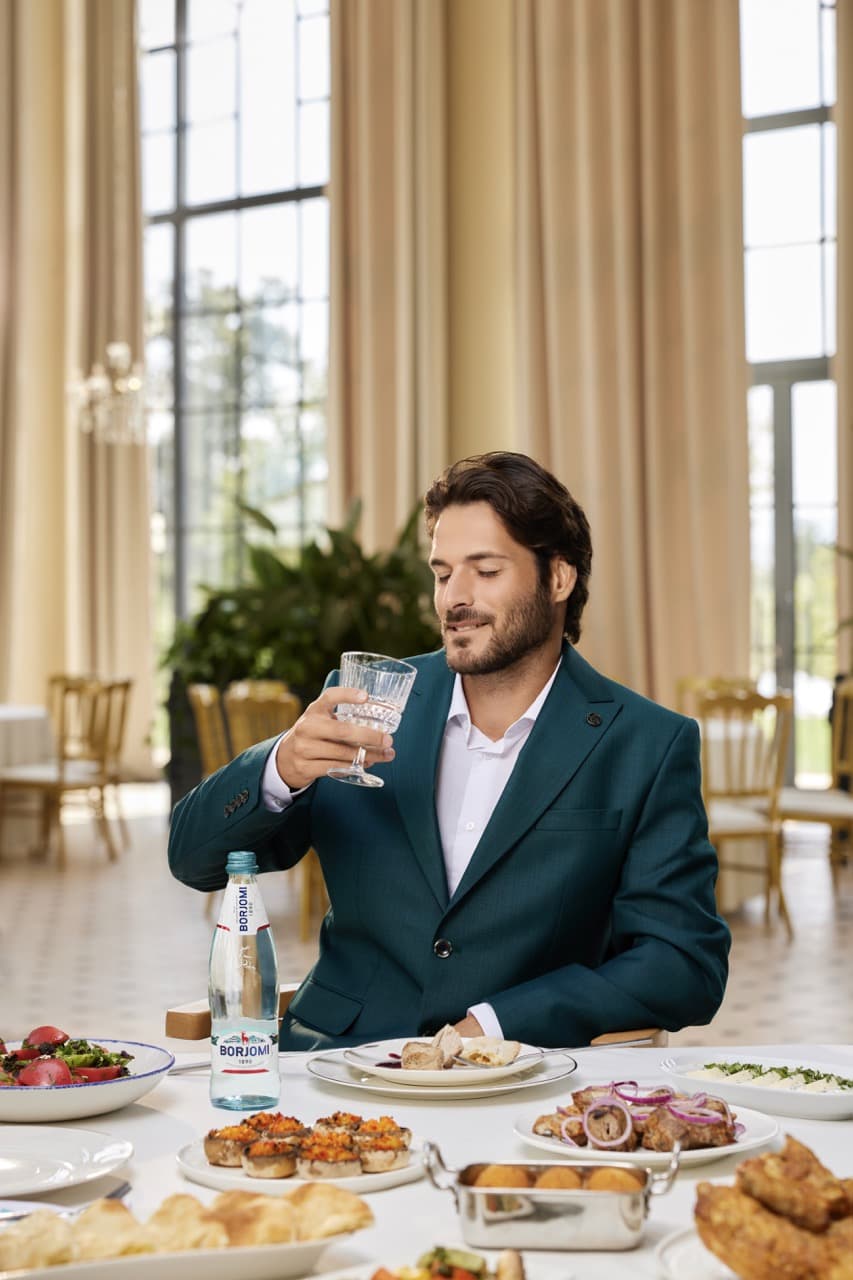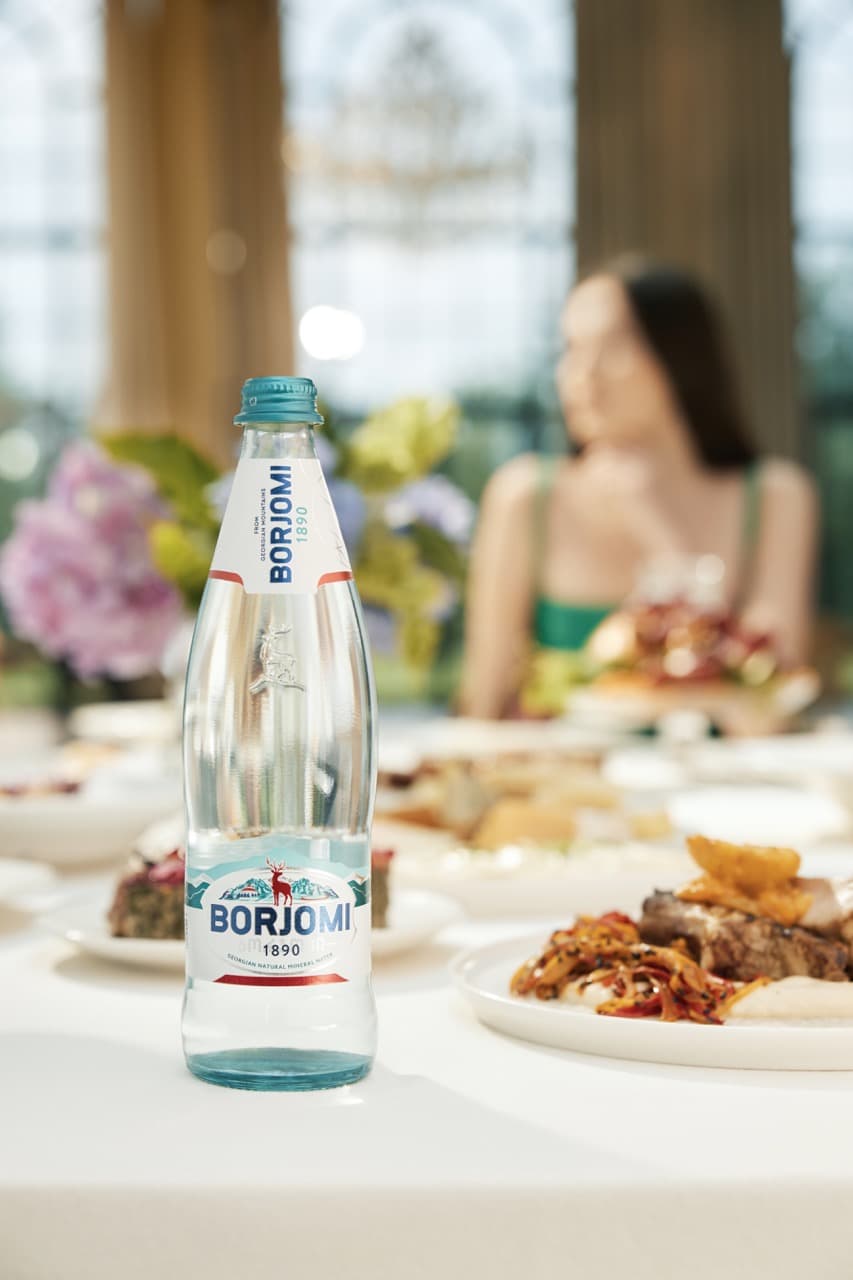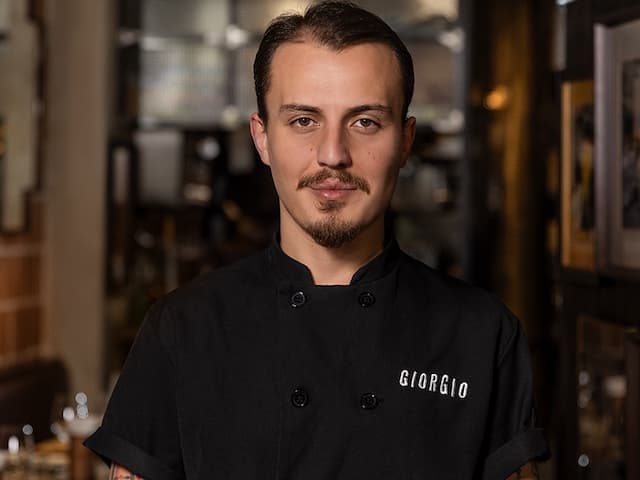
Chef
Luka Nachkebia
Everything around us works through the laws of physics and chemistry and if you ask me - culinary is a science. I am a scientist, a food technologist and I try to create art work in the form of delicious food using organic chemistry, biochemistry and physics.Though, apart from science culinary involves a good deal of emotions. I try to evoke emotions, curiosity and revive memories stored deeply in our minds. That's what I share with my students at the Agrarian University Culinary Academy.

Momo
Ancestors of Georgian Khinkali are from East - China, Tibet, Mongolia. All of them have different shapes, but Tibetian momo has almost the same shape as khinkali. They are also called tsak-sha.

Dumpling con carne Giorgianou (A Georgian in Italy)
This dish is a result of an argument between me and my Italian friend, who is also a cook. Italian guy dared to tell to the Megrelian guy that Georgians don’t know how to make pasta and how could Megrelian resist blurting that we have Georgian pasta made in Italian Bolognese style and that our noodles are of the same quality as Italian pasta. Obviously we have nothing like Bolognese, but our noodles are equally good. Then we made an international bet, where our common friends served as referees and it ended with Georgia winning over Italy.

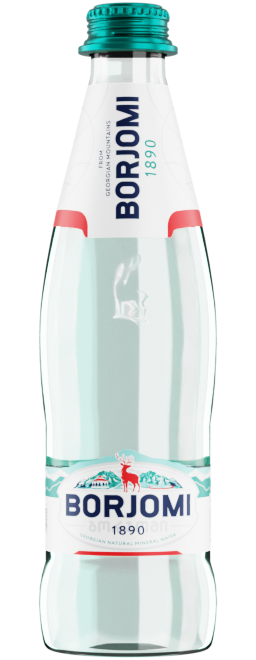
Mineral water Borjomi



see more
Georgian Gastronomical Adventure




